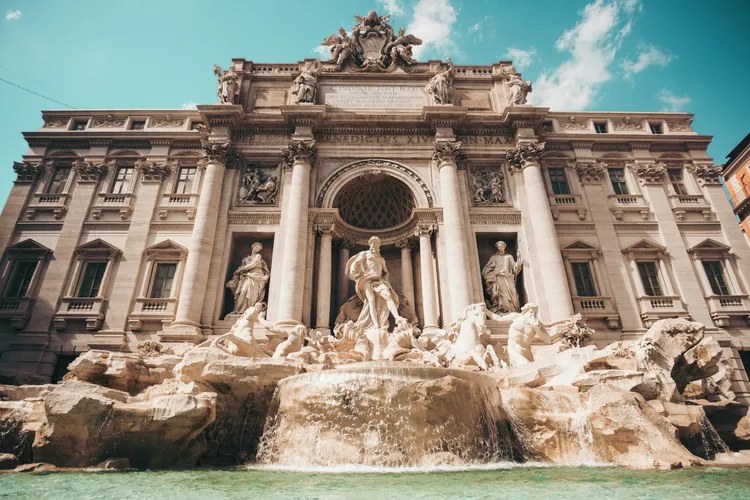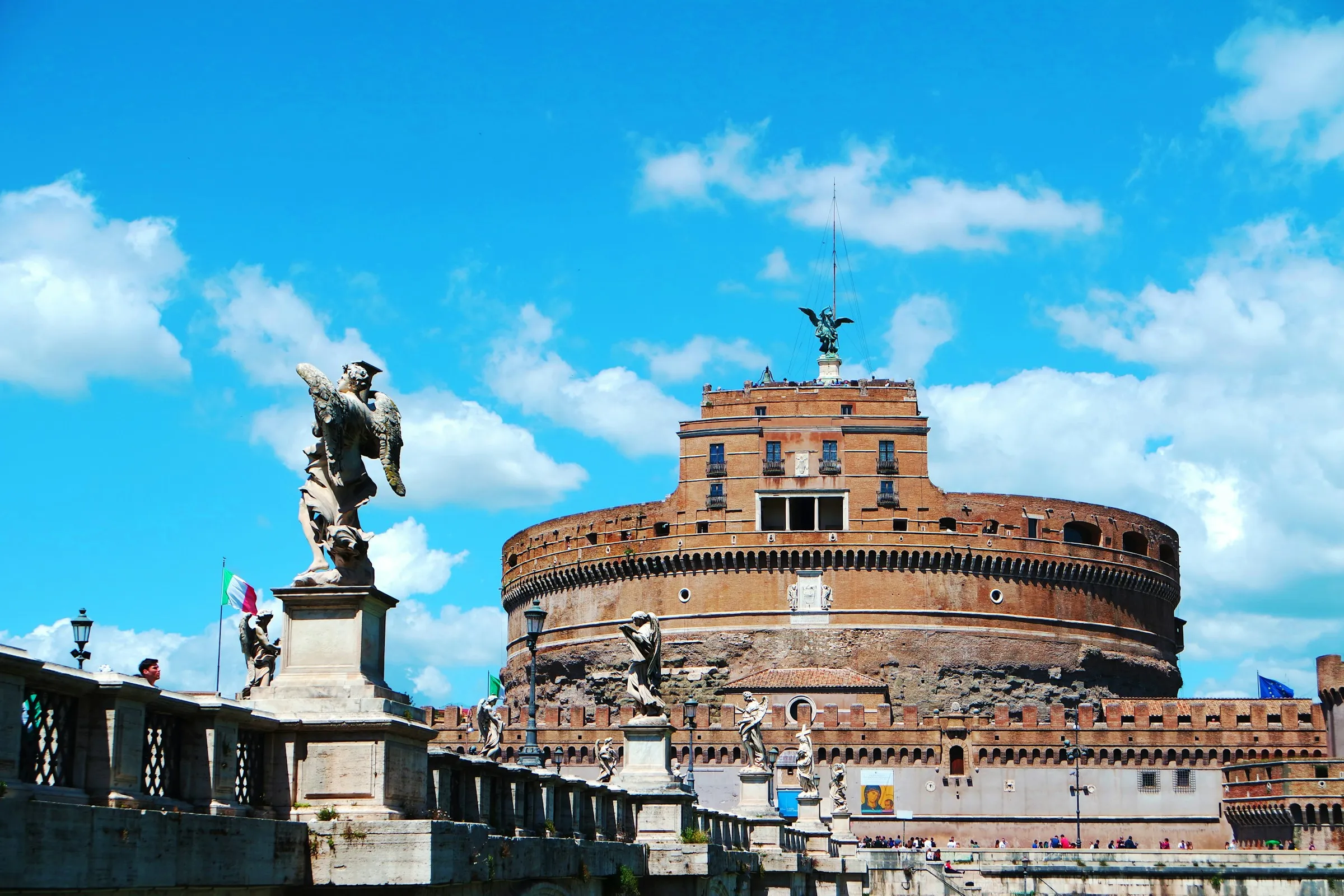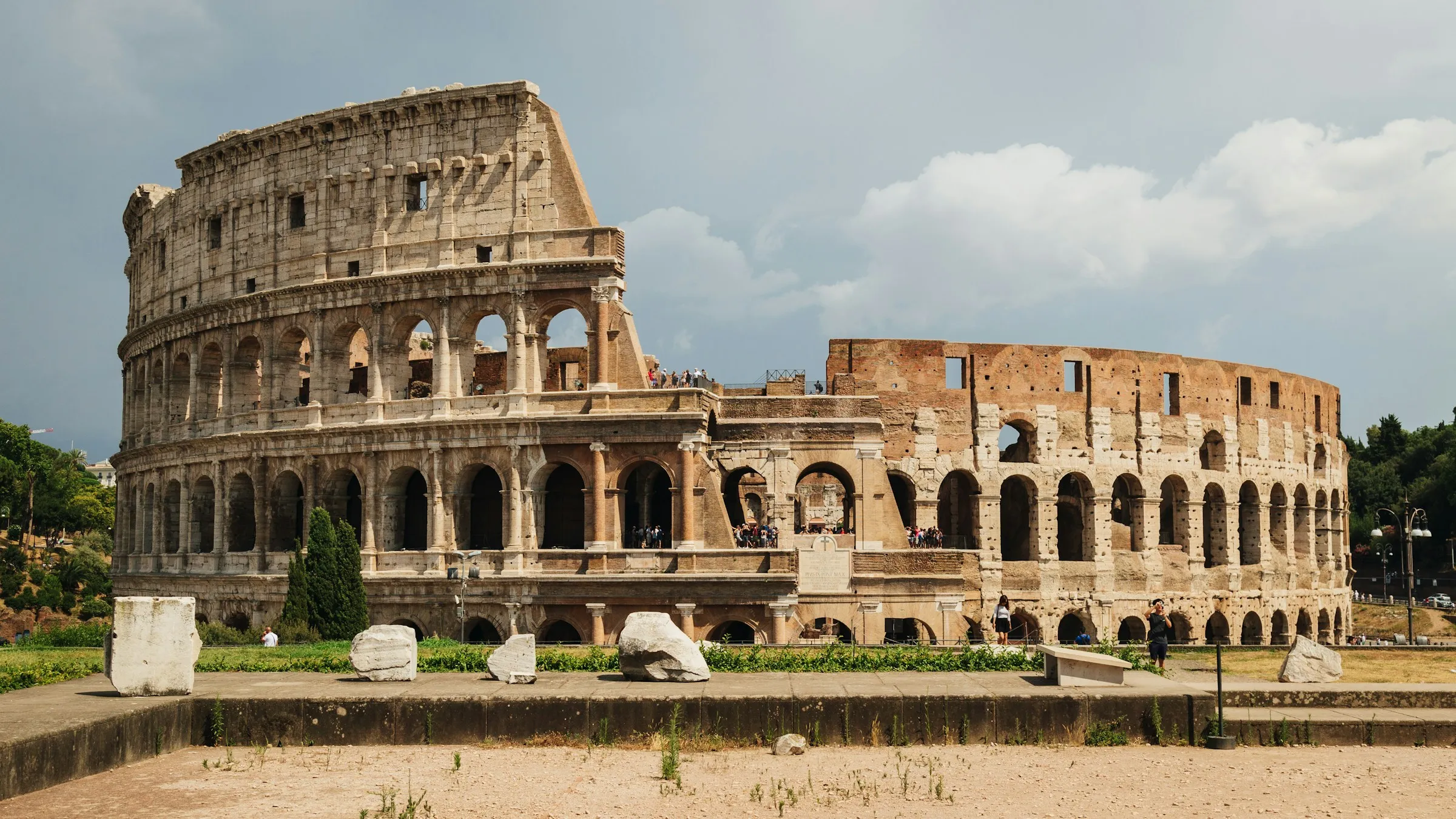The Trevi Fountain, located in Rome, Italy, is a Baroque masterpiece and an unmissable destination for tourists. Standing 25 meters tall and spanning 20 meters wide, this grand fountain features the sea god Neptune at its center, surrounded by goddesses symbolizing abundance and health. Famous for its appearance in Roman Holiday and the tradition of tossing coins over one’s shoulder to make wishes come true, it attracts visitors from around the globe. This article delves into the history, highlights, accessibility, and tips for enjoying the Trevi Fountain.
Essential Information About the Trevi Fountain
Historical Background
The Trevi Fountain originated as a terminal point for ancient Roman aqueducts. Its current form was completed in 1762, designed by Nicola Salvi. Over centuries, it has undergone multiple restorations to preserve its stunning appearance.
Scale and Design
Integrated with the Palazzo Poli, the Trevi Fountain showcases intricate marble sculptures. At its center stands Neptune riding a shell pulled by sea horses—one calm and one wild—representing contrasting ocean states. Surrounding this central figure are goddesses and reliefs depicting water-related legends.
Highlights of the Trevi Fountain
Majestic Sculptures
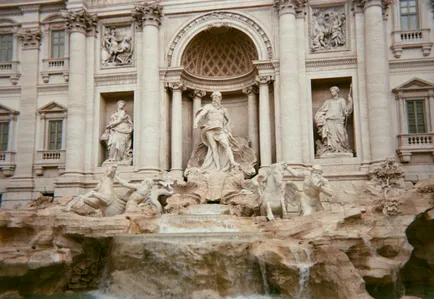
The central figure of Neptune and the surrounding sculptures are awe-inspiring. The sea horses and goddesses create a narrative-rich design that is worth admiring.
Coin-Throwing Tradition
Tossing coins over your right shoulder into the fountain is a beloved ritual among tourists. Each number of coins carries a specific meaning:
- 1 coin: Ensures your return to Rome.
- 2 coins: Promises a romantic encounter.
- 3 coins: Indicates separation from a partner or spouse.
This tradition traces back to ancient European customs of making wishes at wells and is a unique way to engage with the fountain’s charm.
Nighttime Illumination
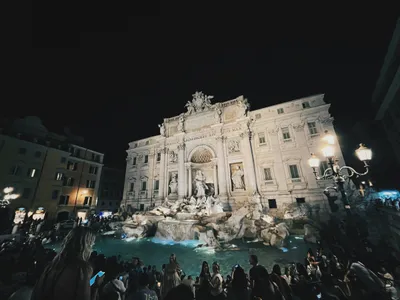
After sunset, the fountain is illuminated, creating a magical atmosphere where shimmering water highlights the sculptures. Visiting at night offers a more tranquil experience.
Accessing and Visiting the Trevi Fountain
Operating Hours
While the fountain is accessible 24/7 for viewing, starting December 2024, visitor limits of 400 people will apply between 9 AM and 9 PM (last entry at 8:30 PM). On Mondays and Sundays, entry begins at noon due to coin collection activities. Additionally, cleaning occurs every other Monday from 2 PM to 9 PM, restricting access during these hours.
Admission Details
Currently free of charge, visiting may involve waiting during peak times due to crowd control measures.
How to Get There
The fountain is approximately a 10-minute walk from Barberini Station on Rome’s Metro Line A. Its central location makes it easily accessible from other parts of the city.
Entry Procedure
Visitors enter via stairs at the front of the fountain and exit through a designated area on the left side. Ropes guide queues around the stairs for orderly access.
Tips for Visiting
- Eating, drinking, smoking, or sitting near the fountain is prohibited (violators may be warned with whistles).
- Early mornings or evenings are less crowded for visits.
- Check schedules for coin collection or cleaning days before planning your trip.
- Be mindful of pickpockets while taking photos; secure your belongings carefully.
Nearby Attractions Around Trevi Fountain
- Spanish Steps: A 15-minute walk leads you to this iconic staircase featured in Roman Holiday.
- Pantheon: A must-see architectural marvel just 20 minutes away on foot.
- Victor Emmanuel II Monument: Enjoy breathtaking views at this grand structure nearby.
The Trevi Fountain isn’t just celebrated for its historical significance or stunning design—it’s also beloved for its whimsical traditions. Make sure to include it in your travel itinerary!
